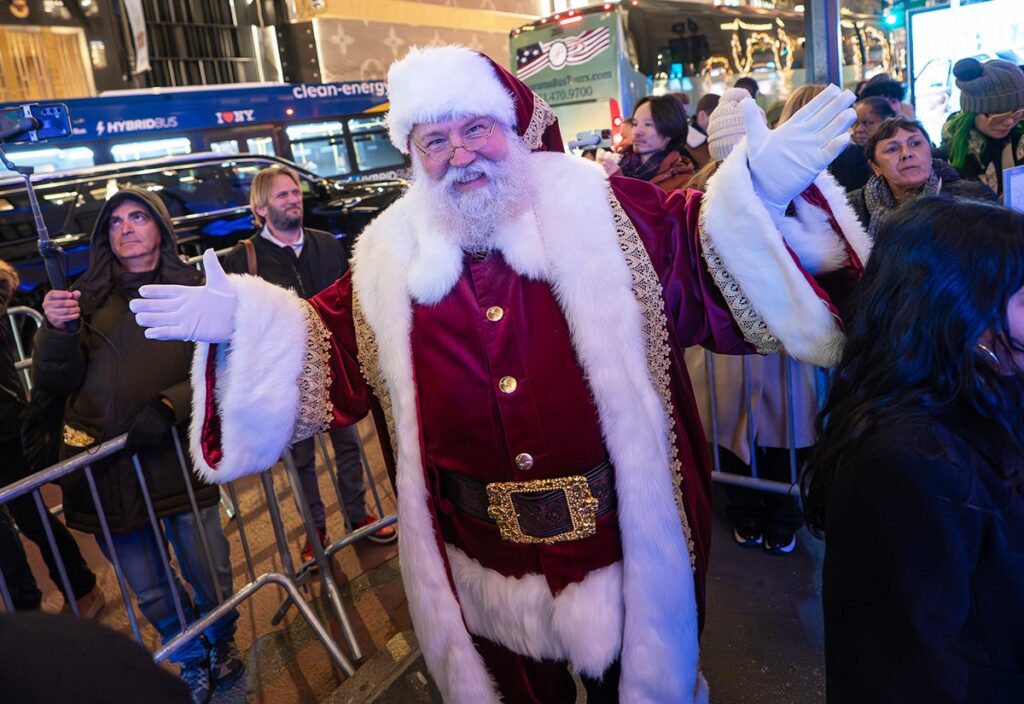Granted, search is one of the most accountable forms of advertising ever devised. You can track clicks right down to the keyword. But can you track conversions?
Well, sometimes.
In some verticals, advertisers cannot track 80% 90% of search-generated conversions. They happen offline, where the user goes after researching online or looking up a store address. Or they happen after a tracking cookie expires or is cleared by the user.
So, while search addresses Wanamaker’s axiom – “Half the money I spend on advertising is wasted; the trouble is I don’t know which half” – it introduces another vexing challenge for search marketers. Thus my Corollary to Wanamaker’s First Law of Advertising Accountability:
I know half the value I’m driving from advertising (even in search) is untracked, but I have no easy way to track it!
My corollary is a consequence of the industry’s over-reliance on “one click to conversion” metrics, which minimize the significance of any behavior other than a sale that results from a single click. What about clicks yielding requests for information, driving offline purchases or increasing in-store traffic? The single click model ignores these and other outcomes.
We are left grasping for more comprehensive feedback loops to better understand and respond to search behavior and its effects upon branding, multi-channel marketing and, ultimately, sales.
Help for the Holidays?
These considerations take on additional urgency as we enter the 2007 holiday season. Tracking the majority of clicks that leak from the click-to-conversion bucket won’t necessarily boost this year’s holiday sales; these will happen regardless of tracking. But taking this step now can clarify your search return and help you allocate budget more effectively moving forward. Decide what to measure and how to measure it. A search program’s impact on in-store traffic, searches for store locations, in-store purchases, in-store pickups of online purchases, and other outcomes can be measured but requires a more complete feedback loop than the simple single click to conversion metric.I recently presented on a panel on this topic at the Search Marketing Expo Local and Mobile marketing conference in Denver, with representatives of two companies seeking to bridge this gap for online and mainstream marketers. Cid Jenkins from eStara presented its click-to-call and click-to-chat functionality, which offers consumers options for getting more info beyond simply hunting around the Web site. Since these call and chat engagements can be tracked back to the start of a customer’s visit, crosschannel tracking becomes possible as a secondary benefit of the service.
A great example of the call-tracking functionality is a sophisticated lead fulfillment system eStara provides for a leading auto lead generation site. This site sells leads to auto dealers but saw many valid and valuable leads not being acted on in a timely fashion by the Internet sales teams at the dealerships. So, instead of e-mailing leads to dealers, eStara instantly translates form data to voice and starts dialing dealers. If a dealer wants the lead, they “press pound” and are dialed through to the phone number on the lead. If a dealer declines, eStara’s system dials the next eligible dealer. Lead follow-up rates quickly went up four-fold, dramatically increasing the value of online leads to dealers.
Also presenting at SMX Local/Mobile was Michael Murray, VP and GM of AOL New Ventures and Innovation. Another example of a technology that closes the loop between online marketing and offline fulfillment, AOL ShortCuts allows consumers to fulfill online and offline coupons through links to store loyalty cards. Instead of clipping or printing the coupon and taking it to the store, the consumer enters the coupon code to their account on the ShortCuts site. ShortCuts then links the coupon to the consumer’s store loyalty card. When the consumer buys the product, the coupon is automatically applied at the point of sale. CPG and other consumer brand marketers can use this technology to track the value of online engagement and interaction with consumers to fulfillment. Tying such coupons to the specific online marketing campaigns that generate the interest closes the loop and enables value-driven investment in online performance marketing vehicles.
New technologies and approaches continue emerging to help marketers better understand and respond to consumers’ shopping and buying behavior and track the steps a consumer takes between the first click and the ultimate sale or other result. Constant vigilance in learning and adopting these new approaches enables maximum investment in search and other performance based marketing programs by demonstrating their full value as a key component of your overall marketing efforts.
Who knows? Maybe we can all disprove my corollary to Wanamaker’s Law and track the results of every click. It’s not too early to ask Santa for a 2008 cross-channel click-tracking solution, and those metrics should be put in place right away.
Cam Balzer is vice president of emerging media at DoubleClick Performics (www.performics.com) and a monthly contributor to CHIEF MARKETER. Contact him at cbalzer@doubleclick.com.



